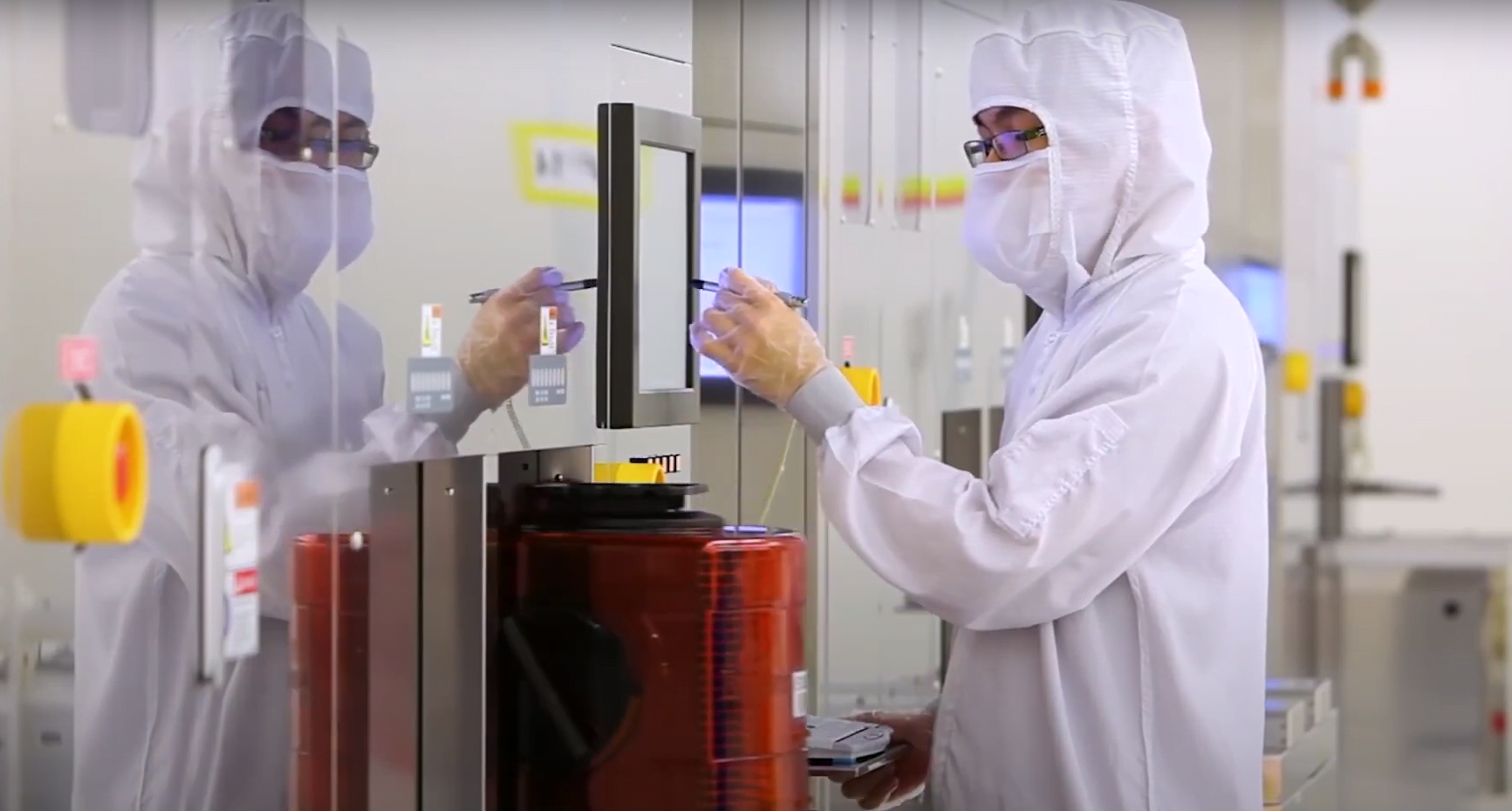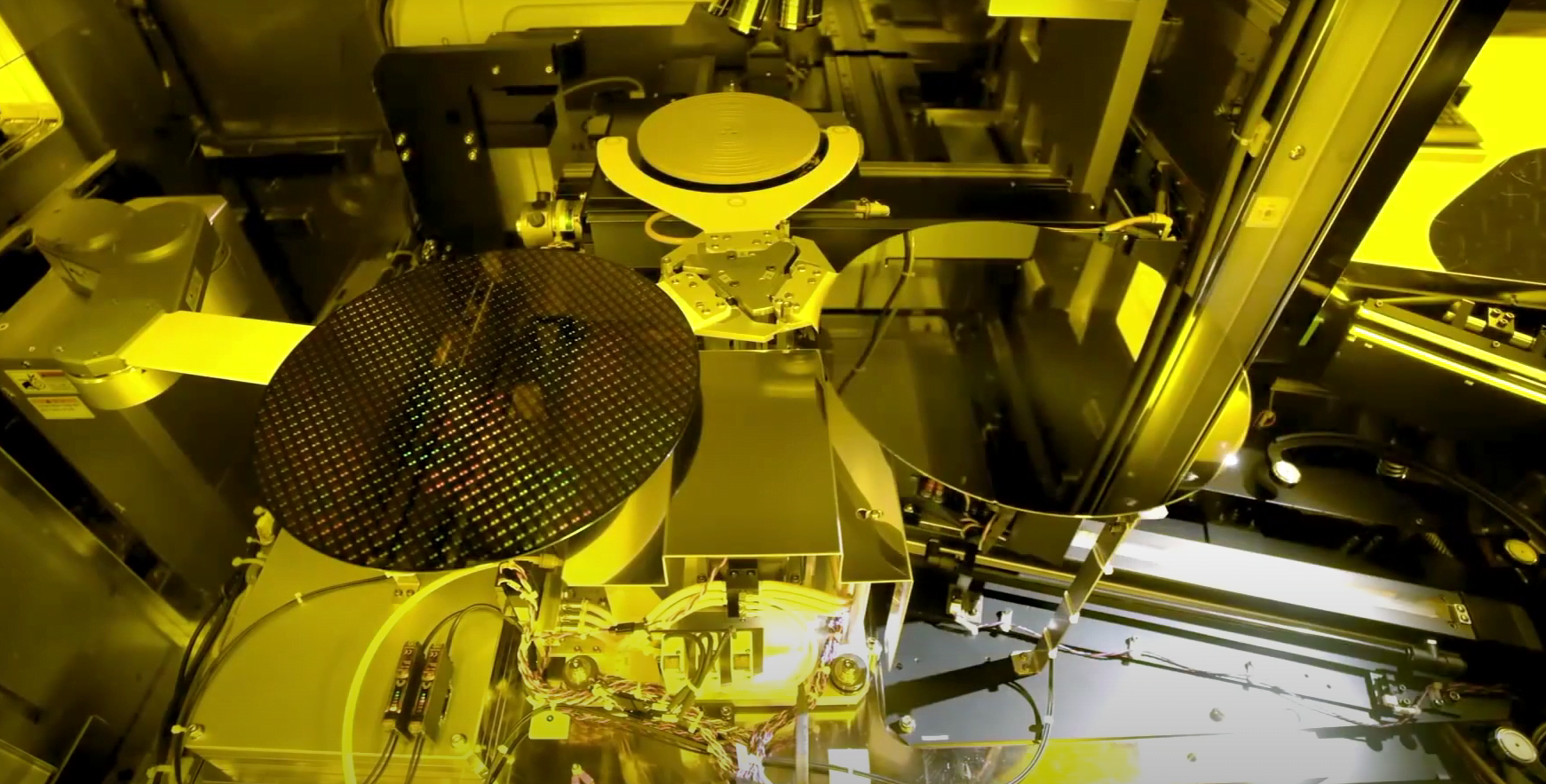In the ever-evolving landscape of global technology, few narratives rival the meteoric rise of Taiwan as the chip champion of the world. From humble beginnings to commanding a significant share of the semiconductor market, Taiwan’s journey is a testament to resilience, innovation, and strategic foresight.
Taiwan’s dominance
The seeds of Taiwan’s dominance in chip manufacturing were sown in the 1970s, amidst a backdrop of geopolitical tensions and economic restructuring. Faced with limited natural resources and excluded from international organizations due to political reasons, Taiwan’s leaders recognized the importance of technological self-sufficiency as a means of securing the nation’s future.
At the forefront of this endeavor was the establishment of the Industrial Technology Research Institute (ITRI) in 1973, tasked with fostering indigenous innovation and supporting local industries. This marked the beginning of Taiwan’s concerted efforts to develop its semiconductor sector, laying the groundwork for what would later become a cornerstone of the global tech supply chain.
The pivotal moment came in the 1980s when the Taiwanese government, under the leadership of President Chiang Ching-kuo, launched the Ten Major Construction Projects. These initiatives aimed to modernize Taiwan’s infrastructure and industries, with a particular emphasis on semiconductor manufacturing. Through targeted investments, tax incentives, and partnerships with multinational corporations, Taiwan began to emerge as a hub for semiconductor production.
One of the key drivers of Taiwan’s success was the formation of Taiwan Semiconductor Manufacturing Company (TSMC) in 1987. Founded by Morris Chang, a former executive at Texas Instruments, TSMC pioneered the foundry business model, specializing in the production of semiconductors for fabless design companies. This disruptive approach enabled TSMC to rapidly gain market share and establish itself as a leading player in the semiconductor industry.
Central to TSMC’s ascent was its relentless pursuit of technological innovation. Leveraging Taiwan’s robust ecosystem of research institutions and skilled workforce, TSMC continuously pushed the boundaries of semiconductor manufacturing, investing heavily in advanced lithography, process technology, and chip design capabilities. This relentless focus on innovation allowed TSMC to stay ahead of competitors and maintain its position at the forefront of the industry.
Moreover, Taiwan’s semiconductor success was not limited to TSMC alone. Companies like United Microelectronics Corporation (UMC), MediaTek, and Advanced Semiconductor Engineering (ASE) also played instrumental roles in Taiwan’s rise as a chip champion. Through strategic collaborations, joint ventures, and investments in research and development, these companies contributed to Taiwan’s collective expertise and competitiveness in the global semiconductor market.

Another factor that propelled Taiwan to the forefront of chip manufacturing was its ability to adapt to changing market dynamics and emerging technologies. As demand for specialized chips grew in the era of smartphones, IoT devices, and artificial intelligence, Taiwan’s semiconductor industry quickly pivoted to meet these evolving needs. By investing in cutting-edge technologies such as 5G, automotive electronics, and high-performance computing, Taiwan cemented its position as an indispensable player in the global tech ecosystem.
Furthermore, Taiwan’s geopolitical status played a significant role in its ascent as the chip champion of the world. Situated at the crossroads of East Asia, Taiwan’s strategic location and political stability provided a conducive environment for multinational corporations to establish semiconductor fabs and research facilities. This geopolitical advantage, coupled with Taiwan’s robust intellectual property protection and skilled workforce, made it an attractive destination for foreign investment in the semiconductor sector.
However, Taiwan’s journey to chip dominance has not been without its challenges. The semiconductor industry is inherently cyclical, characterized by periods of boom and bust. Taiwan has had to navigate through economic downturns, supply chain disruptions, and geopolitical tensions, all of which pose significant risks to its semiconductor industry. Moreover, the intensifying competition from emerging players such as China and South Korea adds another layer of complexity to Taiwan’s quest for continued leadership in chip manufacturing.
Despite these challenges, Taiwan remains resilient and adaptable, leveraging its strengths in innovation, collaboration, and agility to stay ahead of the curve. Looking ahead, Taiwan’s semiconductor industry is poised for further growth and expansion, driven by advancements in technology, the proliferation of connected devices, and the increasing demand for specialized chips.
In conclusion, Taiwan’s ascent as the chip champion of the world is a remarkable story of vision, perseverance, and adaptability. Through strategic investments, technological innovation, and a conducive business environment, Taiwan has transformed itself from a semiconductor novice to a global powerhouse. As the world becomes increasingly reliant on semiconductors for powering the digital age, Taiwan’s leadership in chip manufacturing is set to endure, shaping the future of technology for generations to come.
More from NewsBuzz1 – The Untamed Osho , Could Osho Have Bought the Entire USA?

